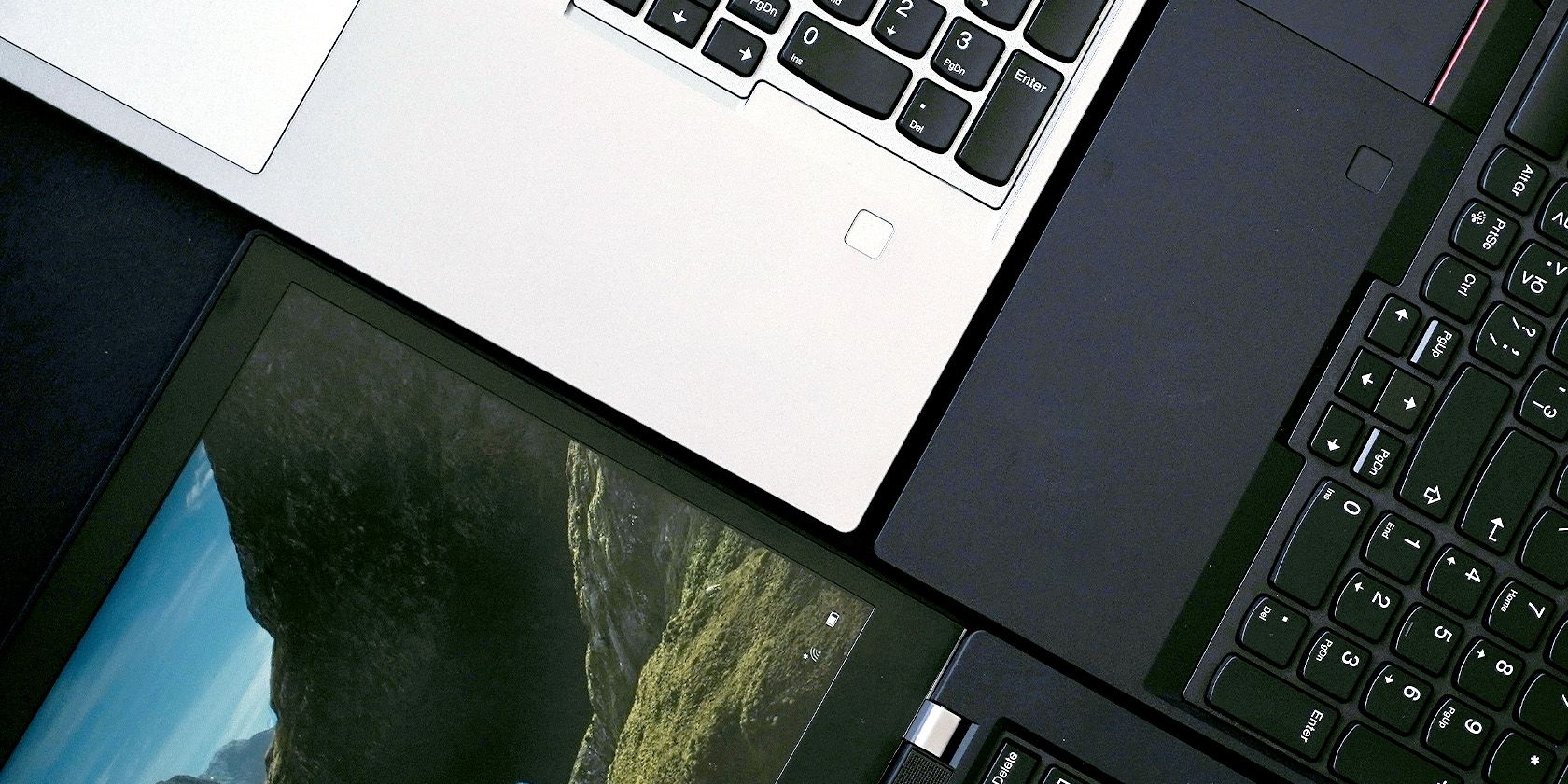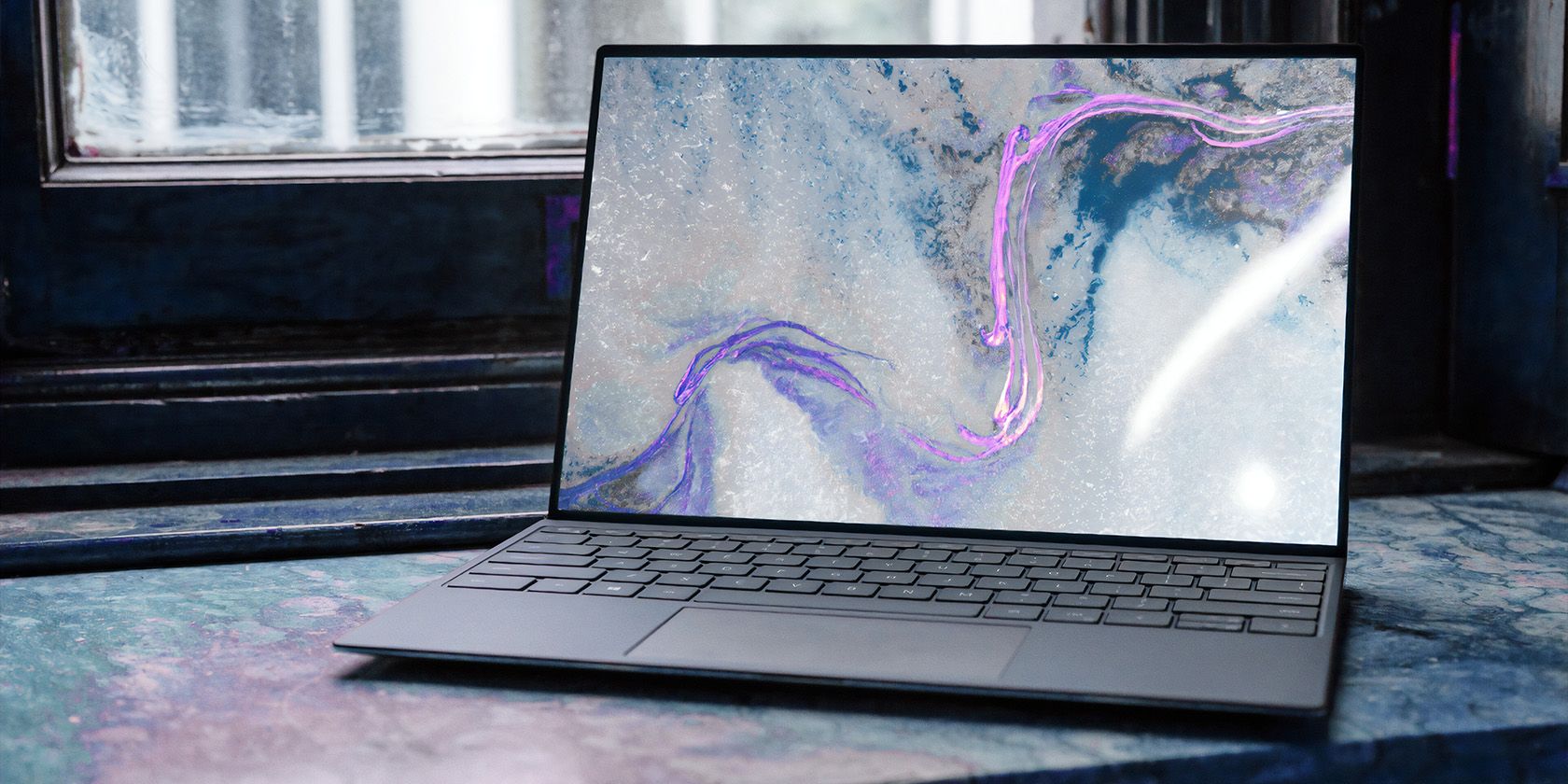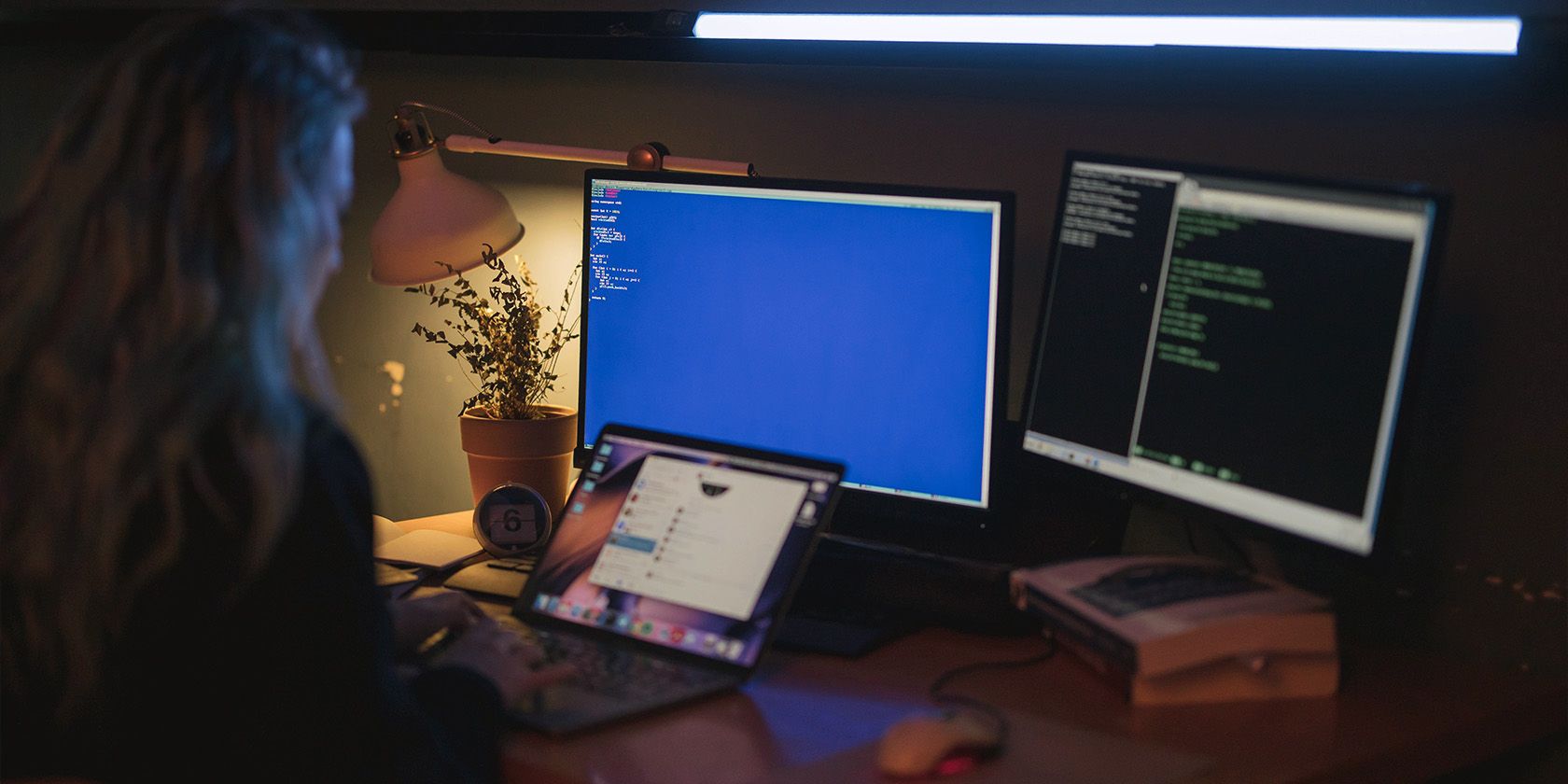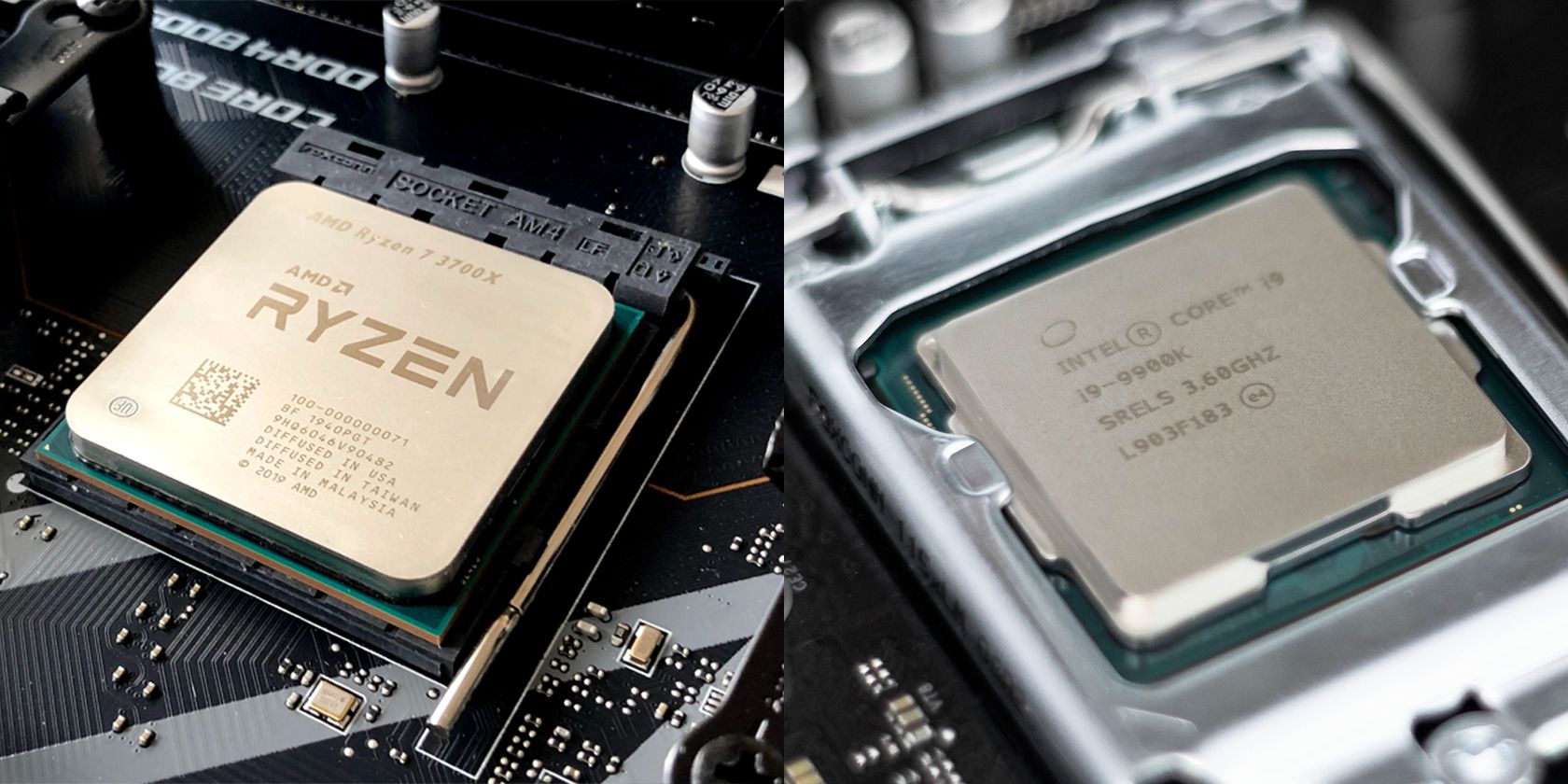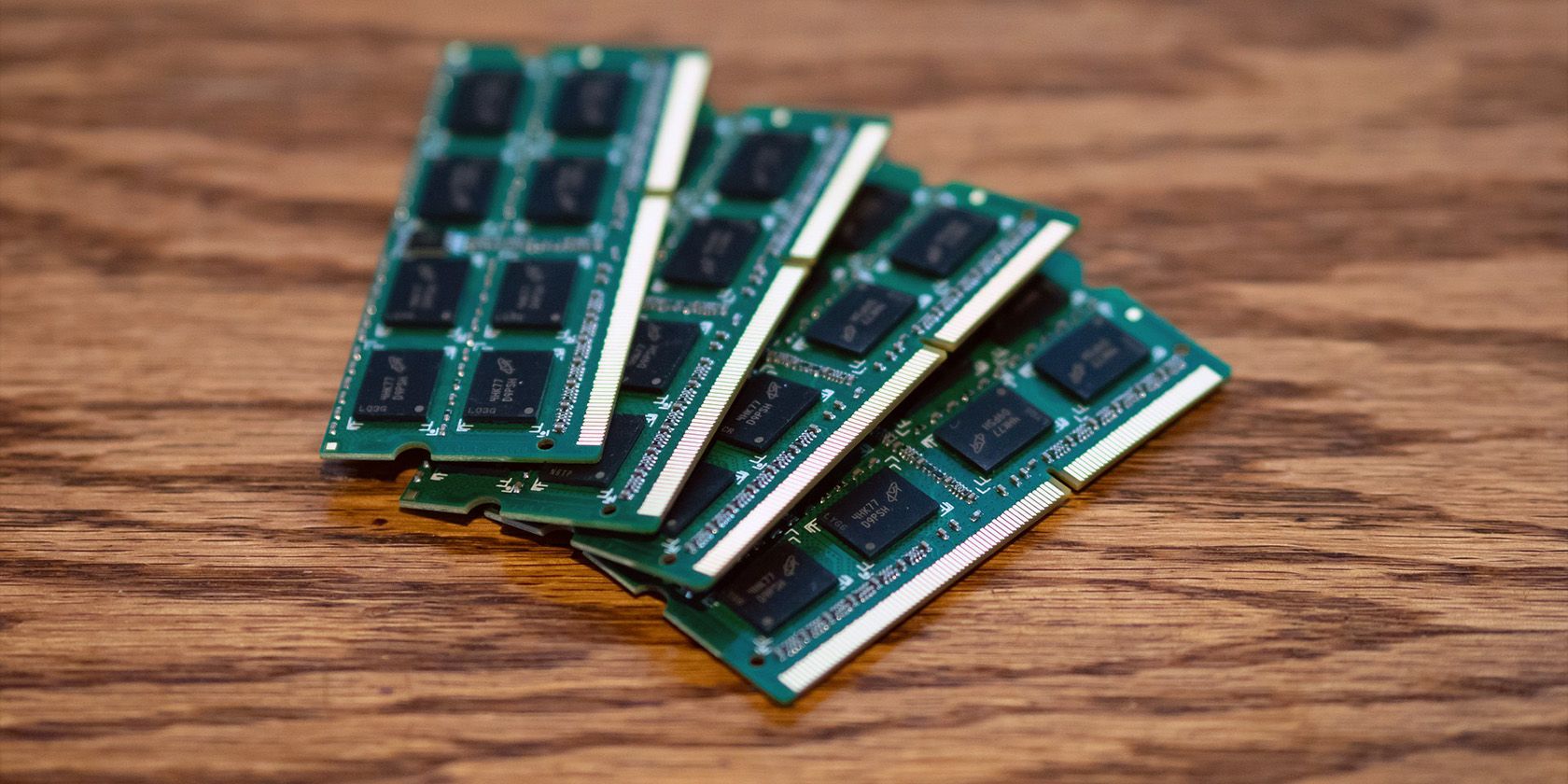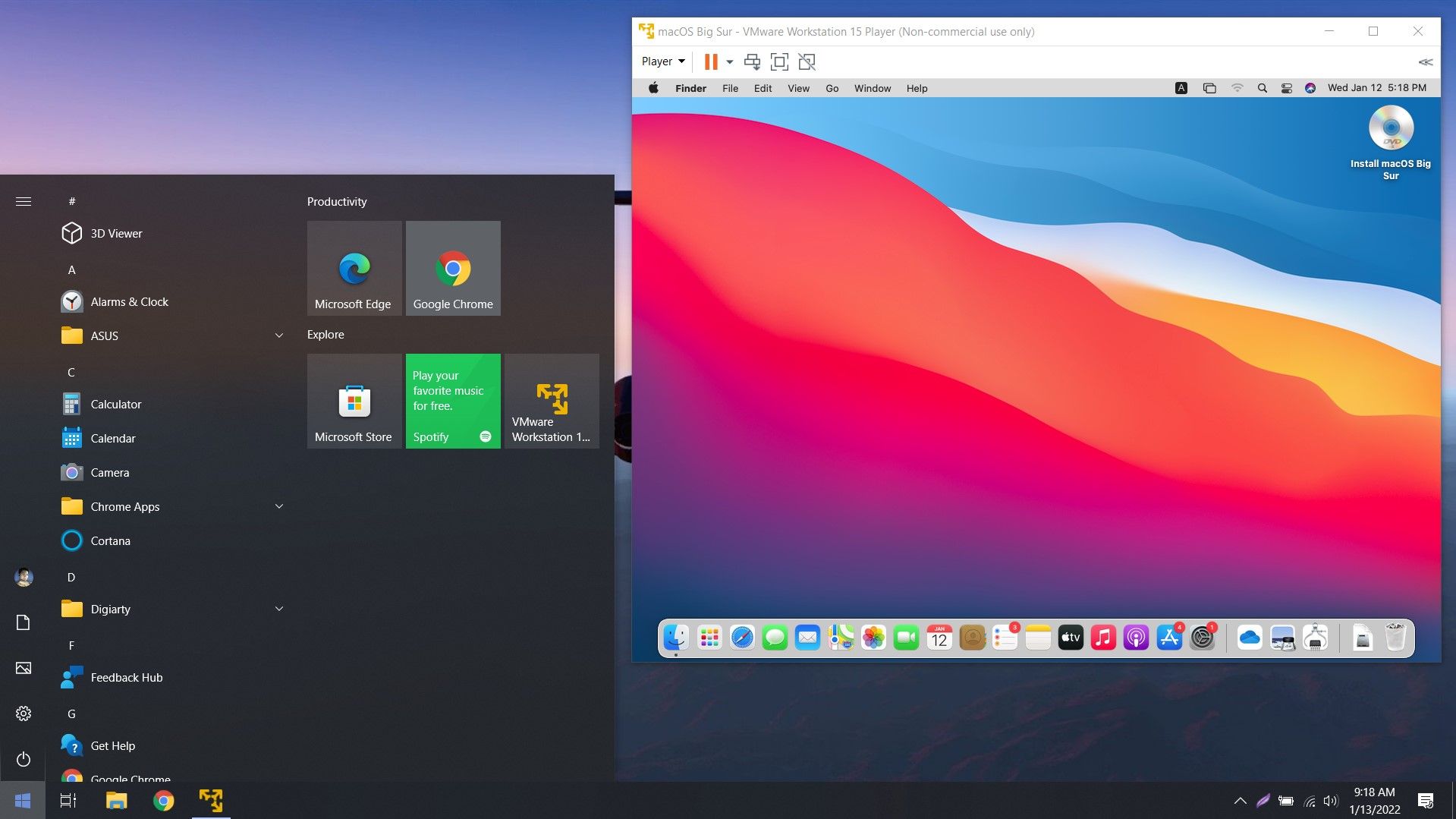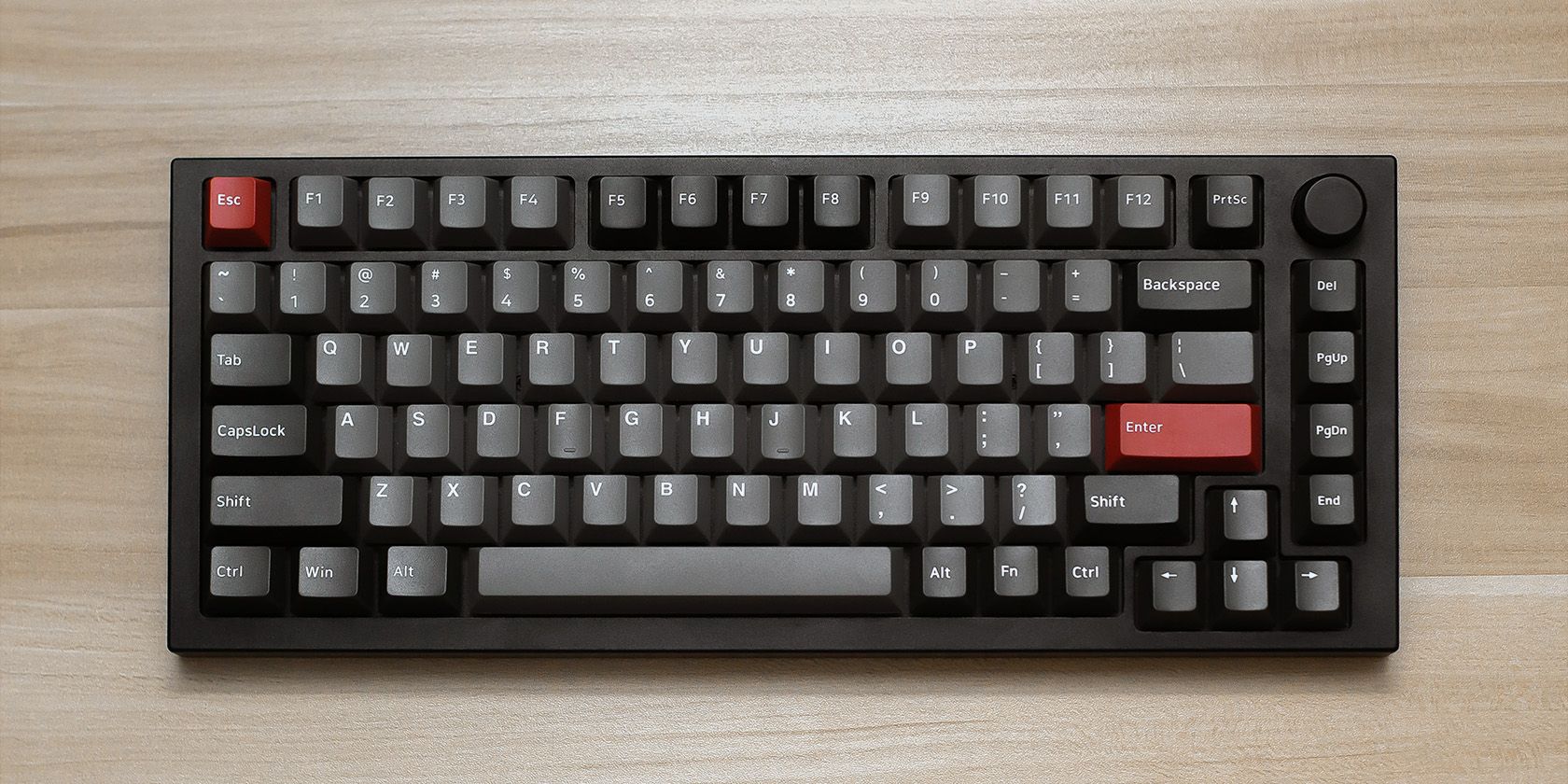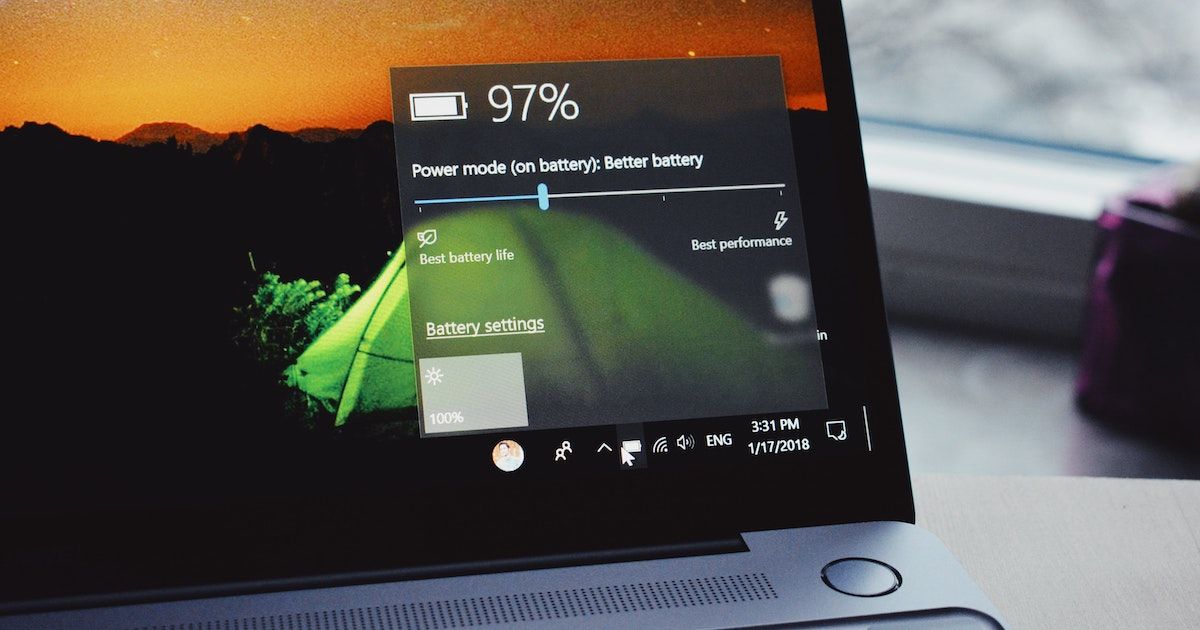There are a ton of laptop makes and models out there—from the overpowered desktop replacements and gaming laptops to the thin and light ultrabooks, and the expensive MacBooks to the budget Chromebook models.
While some models are explicitly marketed for some industries and uses, like business, creatives, students, and gaming, you'll be hard-pressed to find a laptop specifically made for programmers.
So, if you're looking for a new device to get your coding done, take a look at the essential characteristics programmers want from a laptop.
1. Display
The laptop display is one major thing that a programmer should consider. That's because this is what you'll be looking at nearly 99% of the time when working. So, don't settle just for any display. Here's are some things to consider when picking out a device.
Big Built-In Screen
If portability isn't an issue with you, try to get the biggest possible monitor you can. That's because smaller displays mean you have less space to work with. It also means that text, icons, and other user interface elements will be smaller, leading to more eyestrain.
Furthermore, programming uses a lot of vertical space. That's why you would appreciate 16:10 displays. While most laptop displays nowadays feature a 16:9 aspect ratio, some options that let you have the former are out there.
Also, touch screen displays or 2-in-1 laptops do not have much utility for programmers. They're not worth the additional cost unless you plan to use your computer for other purposes.
External Display Support
Most computers also let you attach at least one external monitor via HDMI. This is useful, especially for those with multiple windows open simultaneously for references. However, the mismatch between the small built-in screen and a larger external monitor can make work harder for you.
So, if you want to have two or more external monitors attached to your computer, you have to ensure that it supports that. Most entry-level and mid-range devices let you connect only one display via HDMI.
You should have a Thunderbolt 4 connection that supports DisplayPort technology alongside the HDMI port if you want to have more. With that, you can attach two displays and use them simultaneously.
2. Processor
As with any application, it's always better to have a high-performing processor. However, we do recognize that not everyone has an unlimited budget. So, when you're picking out a processor, you should weigh a few options.
Do you use many applications simultaneously, with multiple instances of each app? Do you work with tons of data, spending hours compiling them? If that's the case, you should prioritize core count over raw processing power. But if you focus on just one software, a processor with high clock speed might be worth it.
But whatever kind of programming you do, you should get a mid-range chip at the lowest. That's because entry-level options, like the Intel Core i3 or the AMD Ryzen 3, might be hard-pressed to accomplish the tasks you need doing on time. This will result in a lot of frustration for you as you stare at your laptop, waiting for it to finish compiling.
3. RAM
Whether you're buying a laptop for office work, programming, or gaming, today's minimum recommended RAM is 8GB. This amount will barely get you through, and if it's within your budget, you should always get a 16GB option.
If you opted for the 8GB option, your laptop should be upgradeable to 16GB or more in the future, at the very least. Avoid models that have soldered RAM because you have to buy a new laptop to upgrade it.
4. Storage
If you want your computer to perform quickly, you should ensure it has an SSD. This will allow your laptop to be snappy and work fast, no matter your task.
In 2022, 256GB is the bare minimum for computers, but it's still preferable to have a 512GB SSD or more. If you have to settle for a combined SSD and HDD combination, you should settle for at least a 256GB SSD drive where you can keep your OS, apps, and current work.
That way, when you compile code, you will get things done faster. You can then keep your archived and other files in the slower HDD.
5. Operating System
Your OS choice will depend on what type of programming you're doing. Are you working with mostly Mac systems? Or do you also compile programs for Windows? Do you prefer Linux systems, or do you need to work with all OS types?
If you're working with macOS, you should probably choose an Apple product. The company has a wide range of offerings right now, from the M1 MacBook Air to the 16-inch MacBook Pro M1 Max. So, make sure you pick one that fits your budget.
But if you prefer Windows PCs, you have an unlimited number of options. You similarly have endless choices with Linux, as you can practically install it on any device. Nevertheless, some manufacturers offer laptops with a pre-installed Linux OS, so you may want to choose that instead.
However, you can also create a multi-boot system that can run both Windows and Linux or Linux and macOS. You can also use Wine to run Windows on your Mac, although the new M1 Macs use a different processor architecture, which might affect the emulation.
6. Keyboard
This peripheral is one of the most underappreciated for programmers. While they're not as glamorous as processors or monitors, you will appreciate a decent keyboard as a programmer. That's because you'll probably be spending more than 90% of your time typing away on it.
Keyboard layouts will vary between users, as some prefer a full-sized layout, while some prefer the tenkeyless design. Whatever the case may be, you should choose one that you like. However, you should also consider the typing experience.
While you can't customize the keyboard on a laptop, you should be careful if you're getting an external keyboard. There are different switch types and keycaps, and you should test drive them before settling on one.
7. Battery Life
If you're always on the go, you may want a laptop with a battery that will last you all day. Some of the currently reigning champions of this category include the Apple M1 MacBook Pro, the Lenovo ThinkPad X1, and the HP Envy 14.
Besides battery life, consider a laptop that accepts Power Delivery. That way, you can use a power bank to charge it while you're on the road.
Programming On the Go Is the New Normal
If you're the type of programmer who can work anywhere, you're going to appreciate a powerful programming laptop with you. That way, you can work efficiently wherever you are.
So, if you're a freelance programmer or if your company lets you work outside, then you can truly call yourself a digital nomad. Besides, COVID-19 has made work from home more popular than ever.

